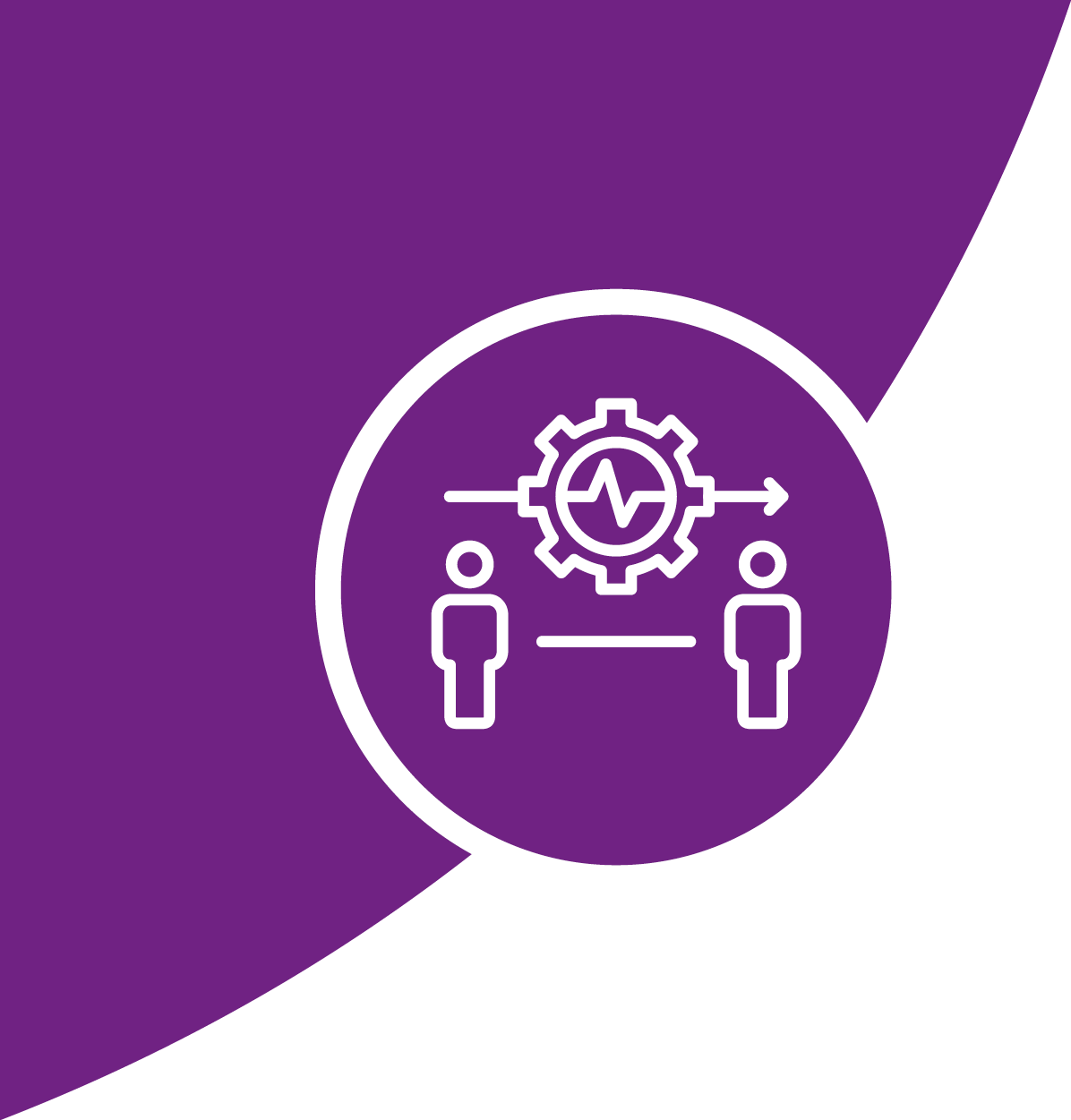Ethics Framework and Guidelines:
Table of Contents
Ethics Framework and Guidelines »List of Abbreviations »Preamble »Introduction »
Part I: General Consideration »On ethics »General considerations on ethics »Ethical assessment procedures and the ethics review »On participation »General considerations on participatory practices »Experiences with the ethics framework »
Part II: Tools & Guidelines »A. How should participatory processes be structured? »B. Which type of activity is targeted by the participatory process? »C. Which types of participants are targeted? »D. What are ethical issues and risks? »E. How can equal and meaningful dialogue be fostered? »F. How should participatory processes be monitored & reflected upon? »
Glossary »EC Reference Documents »Endnotes »

B. Which type of activity is targeted by the participatory process?


An appropriate context, type and timing for the participatory process has to be selected (see below). This can be very limited, covering only one activity within a larger process, or it can be comprehensive, beginning at the planning phase. Build on impacts defined in A4 and take into account the stakeholders’ relationship with, and potential contribution to, the R&I process.
Research funding organizations have a special position in R&I ecosystems. On top of funding and supporting scientific projects that build on or employ participatory methodologies, they can also involve stakeholders in RFO-specific activities, such as:
- Developing R&I strategies
- Setting funding priorities
- Defining and formulating funding calls
- Evaluating project proposals
- Mentoring R&I projects
- Monitoring R&I projects
- Evaluating R&I projects
There are many different participatory formats, including citizen juries, citizen advisory boards, consensus conferences, focus groups, deliberative opinion poll, negotiated rulemaking, participatory evaluation, and so on. Good online resources to consult on participatory formats include:
https://involve.org.uk/resources
https://participedia.net/
Cos4Cloud Methodological Guide (Co-Design): https://zenodo.org/record/7472450#.Y9Pqii8rzs3
Participatory AI for Humanitarian Innovation: https://media.nesta.org.uk/documents/Nesta_Participatory_AI_for_humanitarian_innovation_Final.pdf

Schuerz, Stefanie (2023): Research and Innovation Funding Cycle.
DOI: 10.5281/zenodo.8096861

Reflect on any barriers for participation that might exist for different groups of stakeholders and how to address these. Barriers can include location and venue accessibility (e.g. geographic location / distance, connectedness via public transport, and architectural design / wheelchair accessibility); the accessibility of the technologies employed for the activity (e.g. digital technologies and associated costs); the flexibility needed to participate in a process (e.g. in terms of time and money) and what your process might compete with (e.g. paid employment, care duties, health management and recuperation time, other volunteer work). Other potential barriers might arise from power structures and institutional exclusionary practices (e.g. imbalances arising within a group of participants, the participation of certain populations being vetoed by decisionmakers, or certain groups excluding themselves due to discomfort or fear of certain institutions). Develop concrete solutions to address these barriers, such as providing childcare on location, choosing accessible venues, and covering associated costs. Think about which participant groups you are reaching and which you are excluding.
SHOWCASE
UEFISCDI used a world café approach to involve citizens in validating and enriching parts of the Romanian National Strategic Agenda for Research. This list of societal challenges and leading questions, developed by experts, was aligned with the needs and experiences of citizens. While the take-up of citizen inputs couldnot be guaranteed beforehand, some inputs were integrated in the agenda after all, with one entirely new topic developed from the citizen inputs. In this, the format of engagement was helpful as it allowed for rich exchange and enabled the agency to include a topicthey had not considered before.
Table of Contents »